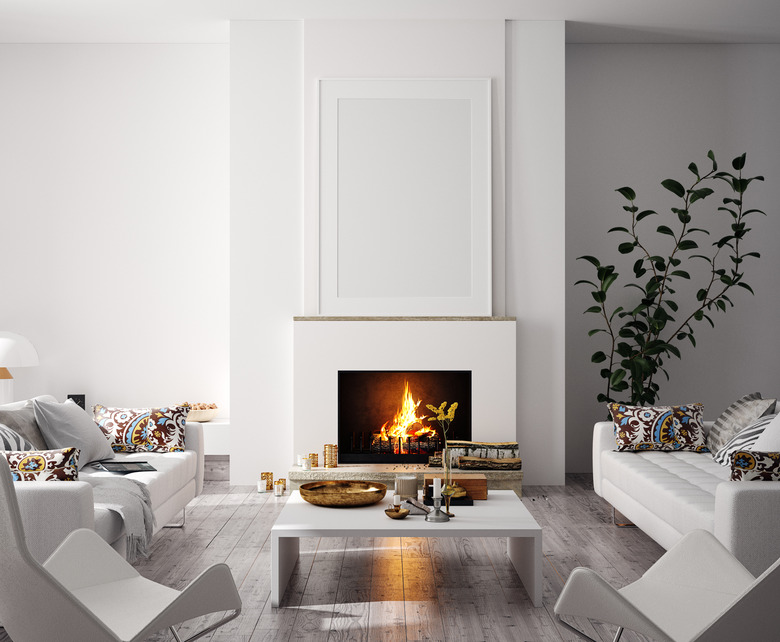The Disadvantages Of Firewood
Wood-burning stoves provide a natural way for home owners to heat their residence, which is one of the advantages of firewood. While many owners prefer using wood as source of energy in log-burning stoves over electric heating options, burning split logs does not come without its drawbacks, including the extra work, space and risks a stove provides.
Cleanliness Disadvantages of Burning Wood
Cleanliness Disadvantages of Burning Wood
Wood burning stoves can get messy if they are not properly maintained. As the logs are burned, they turn into ashes which fill up the bottom of the wood burning stove and must be emptied regularly for safe use. If care is not taken when cleaning the ashes, they can get on the area around the stove, creating a mess.
Quantity and Storage of Firewood
Quantity and Storage of Firewood
In order to use a wood burning stove effectively to heat a home or room, a great deal of fire wood is required. Storage of the wood after it has been cut requires space where the logs can be stacked and protected from the elements. Otherwise, the wood can get wet, which makes it difficult to light and burn.
Stacking wood and hauling it indoors can be a great workout for many people, but it also presents a disadvantage for those who are physically challenged. If the covered wood storage area is a great distance from your home, you may have to carry the logs in rainy, snowy or otherwise inclement weather just to get this fuel source to your stove or heater.
Dangers from Burning and Creosote
Dangers from Burning and Creosote
Handling the wood logs around the fire requires caution to avoid injury as a result of the flame, and the tools used for manipulating the wood can get very hot and injure an individual if touched while hot. As logs are burned, they deposit creosote in the chute or chimney, which must be cleaned out as it can lead to fires.
Uneven Heat Distribution
Uneven Heat Distribution
Unlike central heating, which can have vents in all rooms in a house, a wood burning stove provides localized heat. For this reason, the areas immediately around the fireplace or stove can get much warmer than other areas in the home or room being heated.
Availability and Cost of Firewood
Availability and Cost of Firewood
If you have your own parcel of land from which you can cut trees for firewood, you'll have to find a local source of this fuel. And unless you have a pickup truck to haul the wood home yourself, you'll likely pay a delivery fee on top of the cost of the wood.
Estimates for the cost of a cord of wood (not including delivery) range from $120 to $400. (A cord, which is the standard measurement by which wood is sold, is 128 cubic feet; when stacked, the woodpile measures approximately 4 feet high x 4 feet wide x 8 feet long.)
Word as Source of Energy
Word as Source of Energy
Burning wood contributes pollution to the environment in the form of the smoke emitted as the wood is burned. The smoke that is released serves as a pollutant to the outside, particular in winter months, and can also pollute the air inside the home if not properly vented, causing smoke to build up in your rooms.
